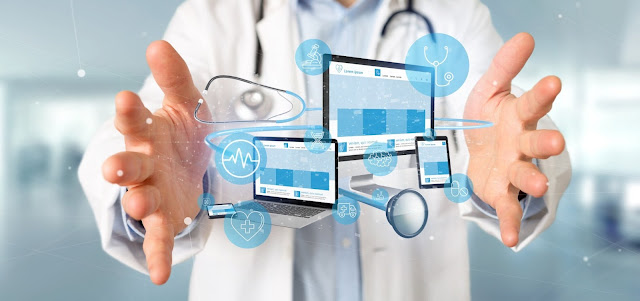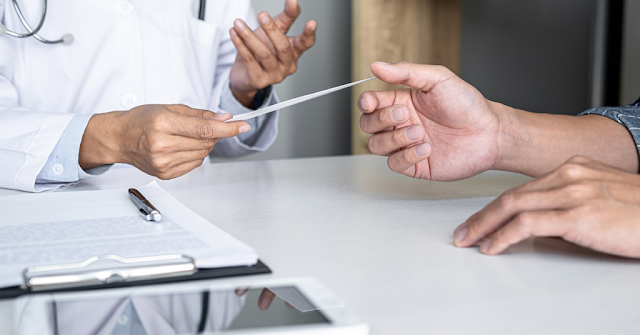How is Remote Patient Monitoring Different from Telehealth?

Remote patient monitoring (RPM) and telehealth are both healthcare delivery models that utilize technology to remotely provide care to patients, but they have some important differences. RPM Medical Billing involves the use of digital technologies, such as wearable sensors or mobile apps, to collect and transmit health data from a patient's home to their healthcare provider. This data can include vital signs, medication adherence, and symptoms. The healthcare provider can then use this data to monitor the patient's health status, adjust treatment plans, and intervene if necessary. Telehealth, on the other hand, refers to the use of technology to deliver healthcare services, such as video consultations or virtual visits, to patients who are not physically present in the same location as their healthcare provider. Telehealth can be used for a variety of purposes, including diagnosis, treatment, and follow-up care. In summary, RPM is a specific type of telehealth that focuses on ...









